Wingspan 9.45 m | Manufacturer Beagle Aircraft | |
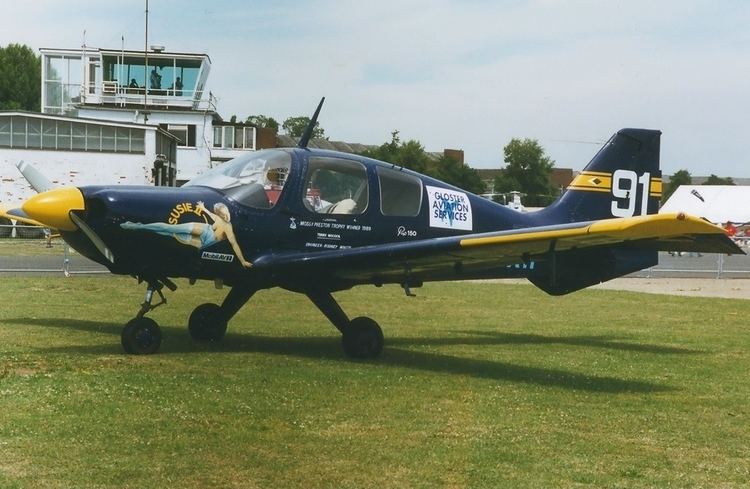 | ||
Beagle pup
The Beagle B.121 Pup is a 1960s British 2-4 seat single-engined training and touring aircraft built by Beagle Aircraft Limited at Shoreham Airport and Rearsby Aerodrome.
Contents
- Beagle pup
- Beagle pup 121 series 2
- History
- Variants
- Civil operators
- Military Operators
- Specifications Pup Series 1
- Specifications Pup Series 2
- References
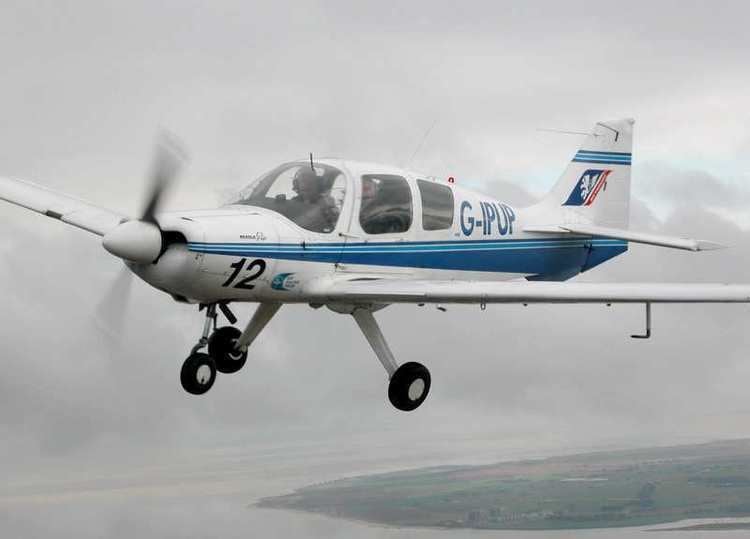
Beagle pup 121 series 2
History
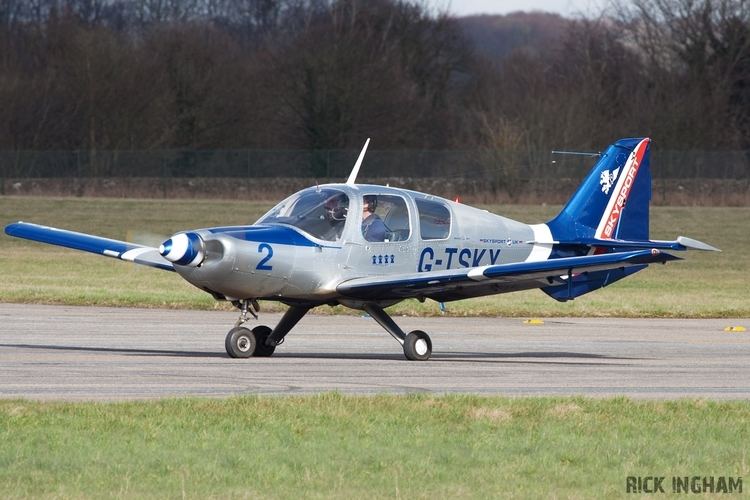
The Pup was designed as a single-engined all-metal two-seat aerobatic aircraft or a four-seat touring aircraft. The prototype Pup (a Series 1 G-AVDF) first flew from Shoreham Airport on 8 April 1967. Soon after, more powerful Pup 150s, with seating for an extra adult, were flow in October 1967. The second (G-AVLM) and third (G-AVLN) aircraft were Series 2 aircraft fitted with an enlarged rudder which became standard on all production aircraft. G-AVLM was converted during 1968 to become the series 3 prototype aircraft with a further enlarged rudder.

Beagle Aircraft Ltd chose to build the Pup following a market survey which demonstrated a global requirement for a 2-4 seat training/touring aircraft to replace aging Tiger Moths and Pipers used by flying clubs.
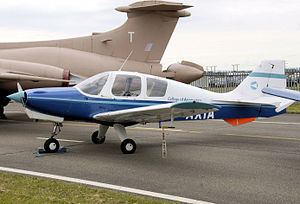
The first delivery (a Series 1) was to the Shoreham Flying School on 12 April 1968. The aircraft was popular and sold to flying clubs and private users worldwide. A Series 3 variant, a four-seater, was developed for the Iranian Civil Air Training Organisation. By 1969 production had increased at Shoreham to one Pup a day, aircraft were flown to either Rearsby Aerodrome or Cambridge Airport for painting and finishing. One aircraft was evaluated by the Royal New Zealand Air Force in 1969, but was not ordered. Deliveries were made to civilian operators in several countries including Australia, Sweden and Switzerland.
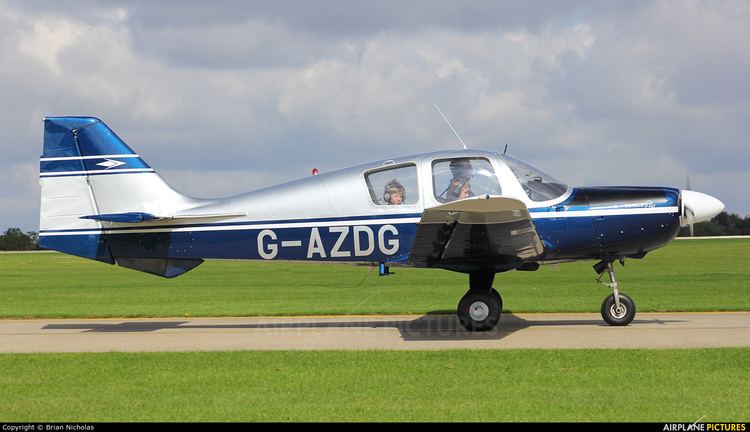
In December 1969 the government withdrew financial support for Beagle and the company was placed in receivership. Over 250 Pups were on order but production ceased with the 152nd aircraft. Some remaining nearly completed aircraft were finished at a variety of locations, the last being completed G-BCGV (s/n B121-176) was first registered 17 June 1974.

The Pup was more spacious than its direct competitors and was more of a "pilot's aeroplane"; it was a more complex design to manufacture and was also corrosion proofed throughout (usually then only an option on US-built competitors). For these reasons it was correspondingly more expensive to build, yet was sold at a competitive price. Its maintenance requires more care (i.e. expense) and its early days were troubled by issues with the doors and spares availability.
A military version of the Pup was developed after being assessed by Rolls Royce Test Pilot Graham Andrews, who made 12 recommendations including its adaptation to a twin seated aircraft suitable for training purposes. The aircraft evolved into the Beagle B.125 Bulldog with a 200 hp (150 kW) Lycoming engine. Only one prototype aircraft was built by Beagle (with another largely complete) before it ceased operations; the design and production was taken over by Scottish Aviation.
Variants
Civil operators
Military Operators
Specifications (Pup Series 1)
General characteristics
Performance
Specifications (Pup Series 2)
General characteristics
Performance
